Why feel peace of mind?
First be rid of evil, then be rid of self, finally be rid of thoughts. Wise is the one who knows this.
Aryadeva. The principle disciple of Nagarjuna
Tilopa
‘mi-mno don’t recall,
mi-bsam don’t imagine,
mi-shes / mi-sems don’t think,
mi-dpyod don’t examine,
mi-sgom don’t control,
rang-sar-bzhag gather oneself anew.’
– Tilopa (988-1069)
No thought, no reflection, no analysis, No cultivation, no intention; Let it settle itself.
- “Six Precepts” of Tilopa,
Six Precepts or Words of Advice[edit]
Tilopa gave Naropa a teaching called the Six Words of Advice, the original Sanskrit or Bengali of which is not extant; the text has reached us in Tibetan translation. In Tibetan, the teaching is called gnad kyi gzer drug[3] – literally, “six nails of key points” – the aptness of which title becomes clear if one considers the meaning of the English idiomatic expression, “to hit the nail on the head.”
According to Ken McLeod, the text contains exactly six words; the two English translations given in the following table are both attributed to him.
| Six Words of Advice | |||
|---|---|---|---|
| First short, literal translation | Later long, explanatory translation | Tibetan (Wylie transliteration) | |
| 1 | Don’t recall | Let go of what has passed | mi mno |
| 2 | Don’t imagine | Let go of what may come | mi bsam |
| 3 | Don’t think | Let go of what is happening now | mi sems |
| 4 | Don’t examine | Don’t try to figure anything out | mi dpyod |
| 5 | Don’t control | Don’t try to make anything happen | mi sgom |
| 6 | Rest | Relax, right now, and rest | rang sar bzhag |
The no-mind not-thinks no-thoughts about no-things – The Buddha
To the mind that is still the whole universe surrenders – Lao Tzu
This entire document is pointing to personal quietness. A quality of being that has no personal thoughts!
Trust Is different than figuring it out. Practice trusting. If you cannot do this instruction you are headed for pain, loss and trouble.
“Let the water settle; you will see the moon and stars mirrored in your being.” –Jelaluddin Rumi
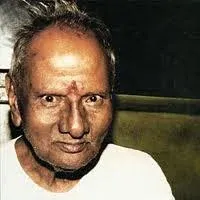
One of the most important limitations is not knowing that a state of “no thoughts” is possible, desirable, or useful. Having few thoughts is not something described cryptically in obscure texts of one small sect. The state of “no thoughts” has been described by many leading spiritual figures in many different traditions:
“To be free from thoughts is itself meditation.”
“You have fragmented yourself, which is why thoughts harass you.”
“To remain without thought in the waking state is the greatest worship.”
“In samadhi, there is only the feeling ‘I am’ and no thoughts.
“See to whom the trouble is. It is to the ‘I-thought’. Hold it. Then the other thoughts vanish.”
“When these thoughts are dispelled, you remain in the state of meditation, free from thoughts.”
“The limited and multifarious thoughts having disappeared, there shines in the Heart a kind of wordless illumination of ‘I-I’, which is pure consciousness.”

Dogen Zenji, 13th century Japanese Zen Buddhist founder of Soto Zen:
“Be without thoughts, this is the secret of meditation.”
Patanjali’s Yoga Sutras, fundamental text of yoga, about 2nd century BCE:
“Yoga happens when there is stilling of the movement of thought in the indivisible intelligence in which there is no movement.”
The Bhagavad Gita, VI, 25 :
“With the intellect steadfast and the mind sunk in the Self, allow no thought to arise.”
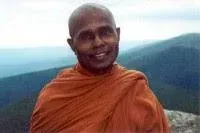
Bhante Gunaratana (contemporary):
“Once your mind is free from thought, it becomes clearly wakeful and at rest in an utterly simple awareness. This awareness cannot be described adequately.”
Dzogchen Master Chokyi Nyima Rinpoche
“Meditation training…is a way of being free from clinging and the conceptual attitude of forming thoughts…Thought is samsara. Being free of thought is liberation.”
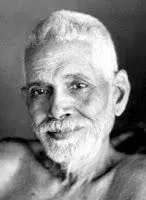
Ramana Maharshi described it as having the urgency of someone whose head is held underwater. Others describe it as like having your hair on fire. At our regional zendo at which i sometimes led sitting, there was a painting by one of the regulars of just that – someone with their hair on fire.
*
A Selection of Quotations relating to Thought-Free Meditation
– ancient, modern & contemporary –
Indian, Chinese, Japanese, Christian & others
Disclaimer – this site is NOT an endorsement of any organisation or individual quoted.
*
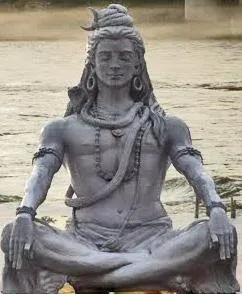
Bhairava – Shiva – Shankar – Mahadeva
Dharana (Attention) on Thought-free-ness
यत्र यत्र मनो याति तत्तत्तेनैव तत्क्षणम्।
परित्यज्यानवस्थित्या निस्तरङ्गस्ततो भवेत्॥ १२९॥
yatra yatra mano yāti tattattenaiva tatkṣaṇam|
parityajyānavasthityā nistaraṅgastato bhavet || 129 ||
‘The very moment that the mind goes wandering,
that inattentiveness is to be abandoned [then] stillness should follow.’ VB v129
– Vigyana Bhairava Tantra
*
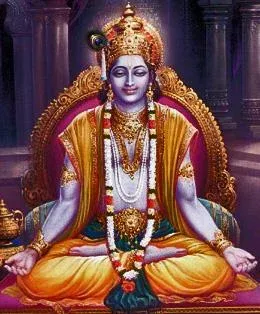
Krishna – in meditation
‘In a clean spot, having set a firm seat (cushion) of his own, neither too high nor too low, made of cloth, a deerskin and kusha-grass, one upon the other.Gita 6:11
‘There, having made the mind one-pointed, with the activities of the mind and the senses controlled, let him seated on the seat, practise “yoga” for self-purification. Gita 6:12
‘Let him steadily hold his body, keeping head and neck erect and still, directing the gaze towards the tip of the nose, without looking in any direction.Gita 6:13
–
‘Abandoning without reserve all desires born of thought and imagination and completely restraining the whole group of senses by the mind from all sides. Gita 6:24
‘Gradually, gradually let him attain to quietude by firmly holding the intellect; establishing the mind in the Self; let him not think even of anything. Gita 6:25
‘From whatever cause the restless and unsteady mind wanders away, from that let him restrain it and bring it under the control of the Self alone. Gita 6:26
‘For supreme happiness comes to the yogi whose mind is quite peaceful, whose passion is quieted…’ Gita 6:27
– BhagavadGita
c.5th Century BC
*
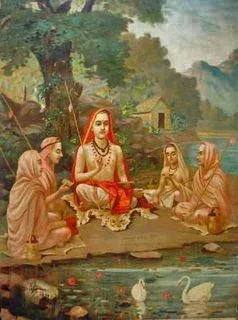
यदा पञ्चावतिष्ठन्ते ज्ञानानि मनसा सह।
बुद्धिश्च न विचेष्टते तामाहुः परमां गतिम्॥ २-३-१०॥
yadā pañcāvatiṣṭhante jñānāni manasā saha |
buddhiśca na viceṣṭate tāmāhuḥ paramāṁ gatim || 2-3-10 / 6-10 ||
‘When the five senses are settled
and the mind has ceased to think
and the intellect does not stir
That is the highest state, they say.’ Katha 2-III-10 / 6.10
तां योगमिति मन्यन्ते स्थिरामिन्द्रियधारणाम्।
अप्रमत्तस्तदा भवति योगो हि प्रभवाप्ययौ॥ २-३-११
tāṁ yogamiti manyante sthirāmindriyadhāraṇām .
apramattastadā bhavati yogo hi prabhavāpyayau || 2-3-11 / 6-11 ||
‘Thus “yoga” is considered to be holding still the senses.
Then one should be alert,
for “yoga” comes and goes.’ Katha 2-III-11 / VI.11
– Katha Upanishad
c.5th Century BC
*


“Yoga is the halting of mental activity”
Yogadarshanam (Pajanjali’s Sutras) Ch1 v2
(Earliest known definition of word ‘yoga’ – c.3rd Century BC)
अथ योगानुशासनम् १.१
योगश्चित्तवृत्तिनिरोधः १.२
तदा द्रष्टुः स्वरूपेऽवस्थानम् १.३
वृत्तिसारूप्यमितरत्र १.४
atha yogānuśāsanam 1.1
yogaścittavṛttinirodhaḥ 1.2
tadā draṣṭuḥ svarūpe’vasthānam 1.3
vṛttisārūpyamitaratra 1.4
‘Now, the teaching of “yoga”… YS 1:1
“yoga” is “nirodha” (restraint, stopping, halting) of the “vritti” (whirling, thought-waves, mental activity) of the “chitta” (consciousness, memory, subconscious). YS 1:2
Then the seer rests in his own self. YS 1:3
At other times he is identified with the whirling [of the mind].’ YS 1:4
– YogaDarshanam of Patanjali
Patanjali’s Yoga Sutras
c.3rd Century BC
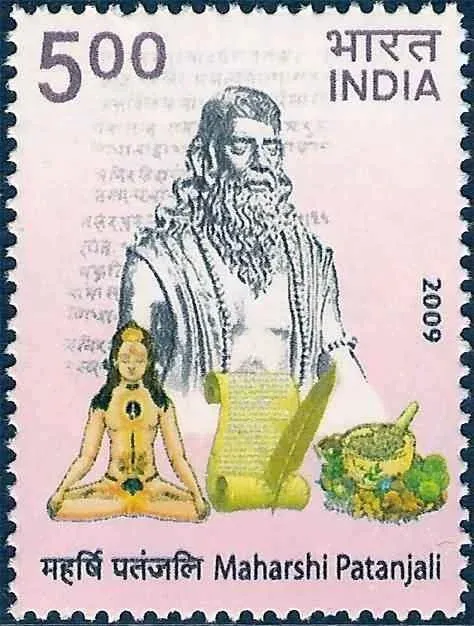
Commemorative Stamp of Patanjali
*
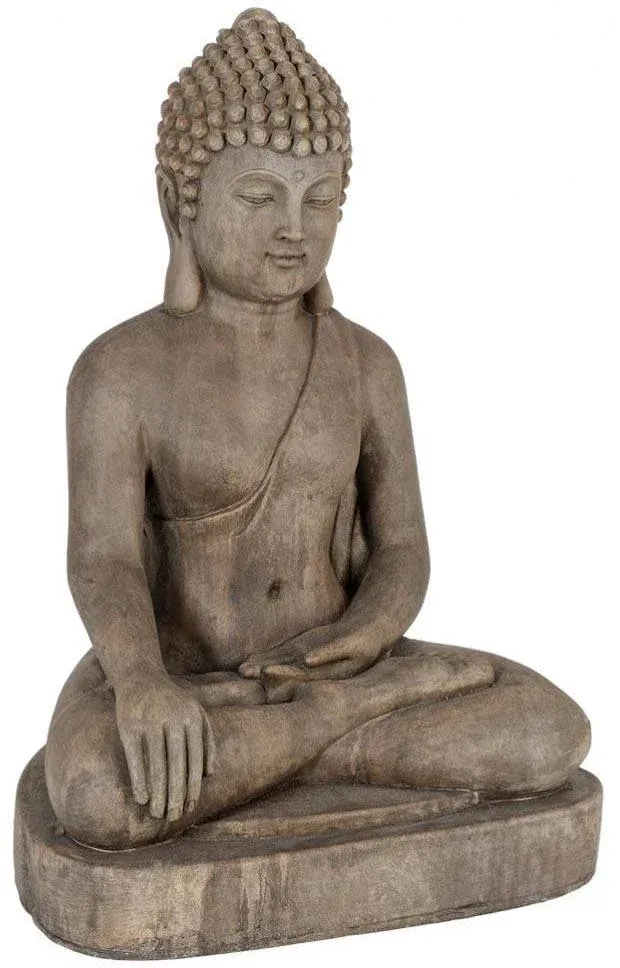
Buddha
Dhyāna [Meditation] in Buddhism
The jhānas are states of meditation where the mind is free from the five hindrances—craving, aversion, sloth, agitation and doubt—and (from the second jhāna onwards) incapable of discursive thinking.
The Buddha also rediscovered an attainment beyond the dimension of neither perception nor non-perception, Nirodha-Samapatti, the “cessation of feelings and perceptions”. This is sometimes called the “ninth jhāna” in commentarial and scholarly literature.
*

The Ninth Jhana: Cessation
When you reach the limits of perception, you realize that lesser mental activity is better for your calm and peaceful state. You enter a state of “cessation” of consciousness where there is only a very subtle form of perception. The meditator may appear to be unconscious. There have been reports of meditators having heart beats as low as 20 to 40 beats per minute at this jhanic level. The nearest way to describe this state is something like a very deep sleep. The eight and ninth jhanas are not full enlightenment, but very close stepping stones to full awakening. Only those who are very close to being fully enlightened can enter the eighth and especially, the ninth jhana.
9 Jhanas – From The Dhamma Encyclopedia
*

‘Be still, and know that I am God…Take no thought for tomorrow. Each day has enough troubles of ites own.’
– Bible (Old Testament)
– Bible (New Testament)
*
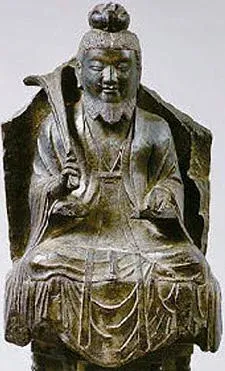
Lao Tzu
![]()
![]()
Zhì xū jí
shǒu jìng dǔ
‘Empty yourself of everything.
Let the mind rest at peace.’
‘Tao Te Ching’ v16 (translation by Gia-fu Feng and Jane English)
– Tao Te Ching of Lao Tzu
c. 6th century BC
*
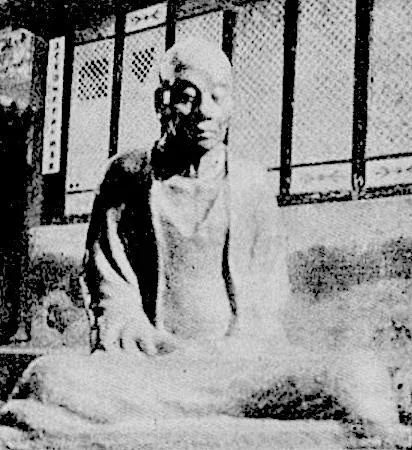
Hui Neng

Zazen
‘When no thought arises in the mind it is called za (sitting) and to look at one’s own nature inwardly is called zen (meditation).’

wu nien
[about zen (meditation) & wu nien (no thought)]
‘Have your mind like unto space and yet entertain in it no thought of emptiness.’
– Platform Sutra of Hui-Neng (638-713)
Chinese Ch’an (Zen) Buddhist
Wu-Nien. Zen Buddhists apply this term (meaning literally “no-thought”) to meditation on one’s own self-nature. Wu-nien does not imply the exclusion of mental activity except in this special kind of meditation. Only when one has achieved the realization of one’s own self-nature can one know the essential nature of other minds and other things. Wu-nien is not a cessation of consciousness but, rather, a seeing and a knowing that exclude all attachment and so is called “thoughtlessness” (wu-nien). It is related to shūnyatā (emptiness): the selfnature cannot be what anything else is. “I am what I am.”
Dictionary of Religion and Philosophy, New York: Paragon House, 1989
*
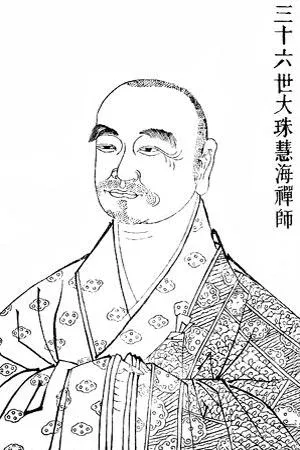
Dazhu HuiHai
‘Question: A little while ago you spoke of refraining from thinking (nien), but you did not finish your explanation.
Answer: It means not fixing your mind upon anything any-where, but totally withdrawing it from the phenomena surrounding you, so that even the thought (szu) of seeking for something does not remain; it means that your mind, confronted by all the forms composing your environment, remains placid and motionless. This abstaining from all thought whatever is called real thought…’ IA 36.1
Teaching of Instantaneous Awakening
– Zen Teaching of Instantaneous Awakening
Dazhu Huihai ‘the Great Pearl’ (9th c.)
Chinese Ch’an Buddhist
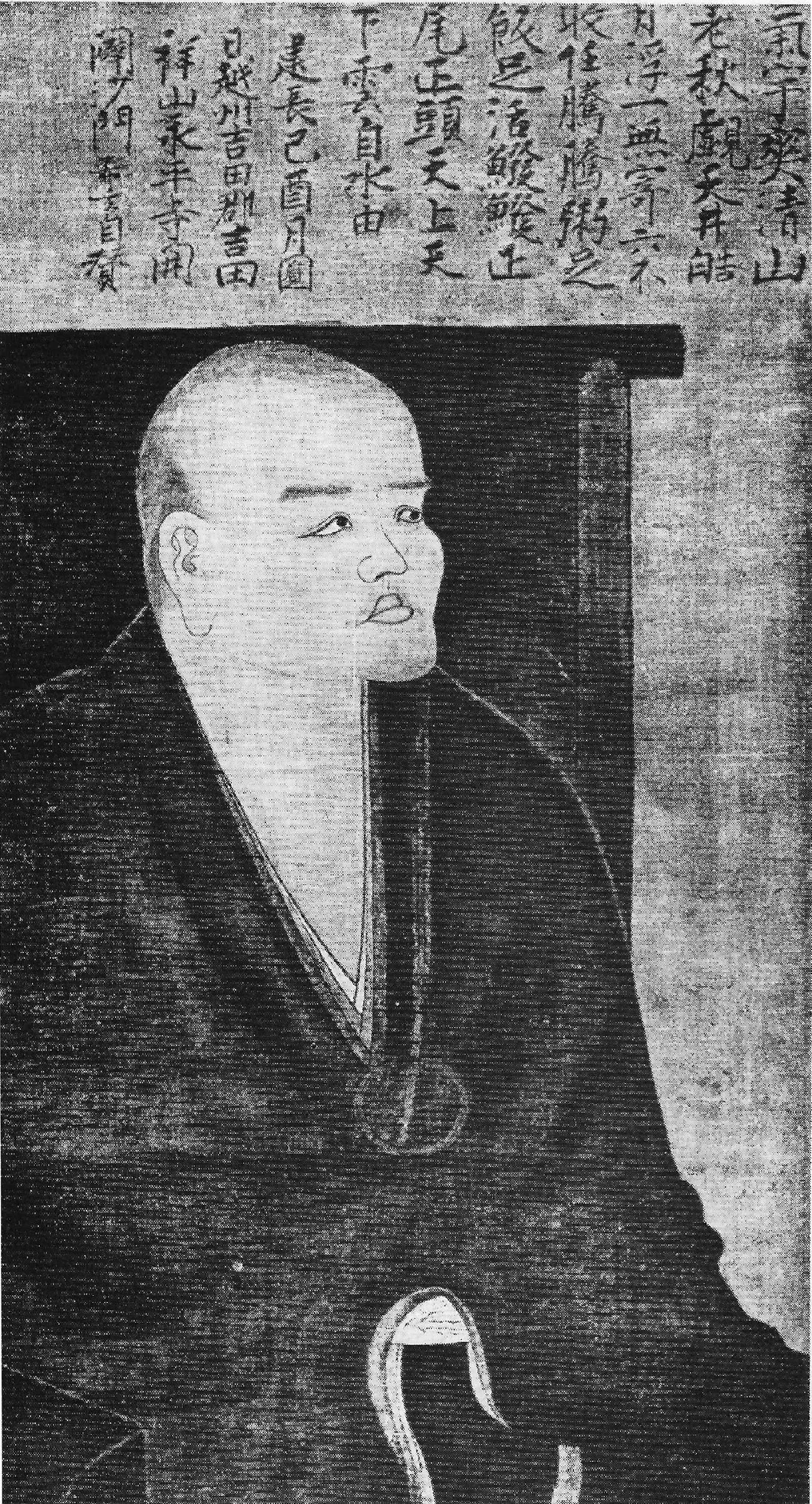
Do-gen Zenji
‘Think the unthinkable.
How to think the unthinkable?
Be without thoughts – this is the secret of meditation.’
Fukan Zazen-Gi of Do-gen Zenji
Japanese Zen Buddhist (13th c.)
*
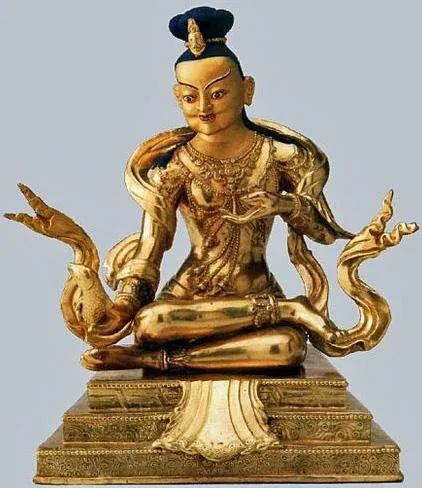
Indian Tantric
*
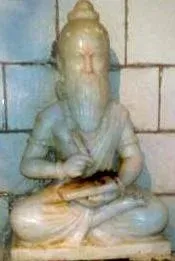
Shri Valmiki Maharshi
‘.. by self-effort and self-knowledge make the mind no-mind. Let the infinite consciousness swallow, as it were, the finite mind and then go beyond everything. With your intelligence united with the supreme, hold on to the self which is imperishable.’ YV 3.111
‘If you give up all thoughts you will here and now attain to the realisation of oneness with all.’ YV 3.17
(trans. Venkatesananda – SUNY, 1993)
– Yoga Vasistha Maharamayana of Valmiki
*

Mahsati Ganjavi
‘When I went beyond myself,
the pathway finally opened.’
– Mahsati Ganjavi (12th c.)
Sufi from Azerbaijan
*
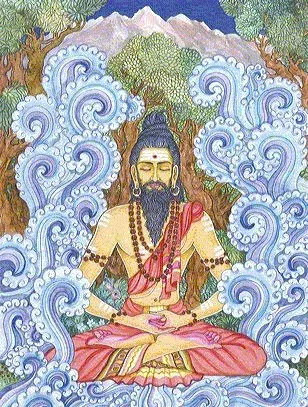
‘.. when the mind becomes devoid of all the activities and remains changeless,
then the “yogi” attains to the “laya” stage. 4-31
When all the thoughts and activities are destroyed, then the “laya” stage is produced,
to describe which is beyond the power of speech,
being known by self-experience alone. 4-32
They often speak of “laya”, “laya”; but what is meant by “laya”?
“laya” is simply the forgetting of the objects of senses
when the “vasanas” (desires) do not rise into existence again’ 4-33
The Hatha Yoga Pradipika (trans, Pancham Sinh)
– Hatha Yoga Pradipika
oldest known text on Hatha Yoga exercise
c. 14th Century
*
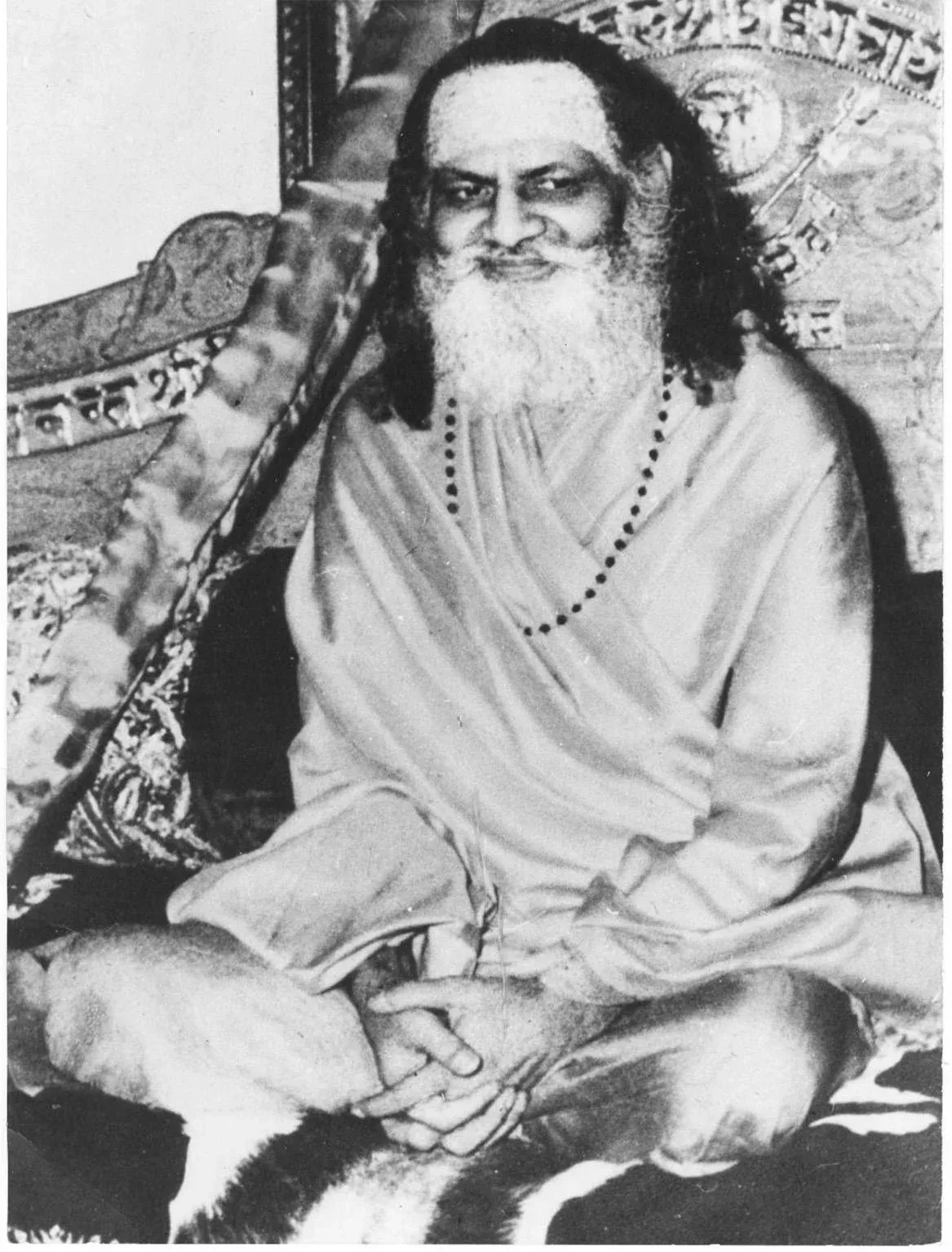
Swami Brahmanand Saraswati
Shankaracharya of Jyotir Math, 1941-1953
‘According to Upasana Khand of the Vedas we are told:- “yoga” is stopping the fluctuations of consciousness [‘yogash-chitta-vritti-nirodhah’ – YogaDarshanam 1:2]. The ultimate aim is this, that by the practice of having stopped the fluctuations of the inner self, to experience the Supreme form of the Self. Calm without a ripple in any part of the pool of water, that manner a person can see his own face. That really is the method, stopping the fluctuations of the consciousness is really giving a clear reflection of the imperishable self in the instrument of inner vision. This indeed is “darshan” (sight) of the “atma” (self or soul).’
from page 86 of ‘Shri Shankaracharya Vaaksudhaa’ (published 1947)
– Shankaracharya Swami Brahmanand Saraswati (1871-1953)
*
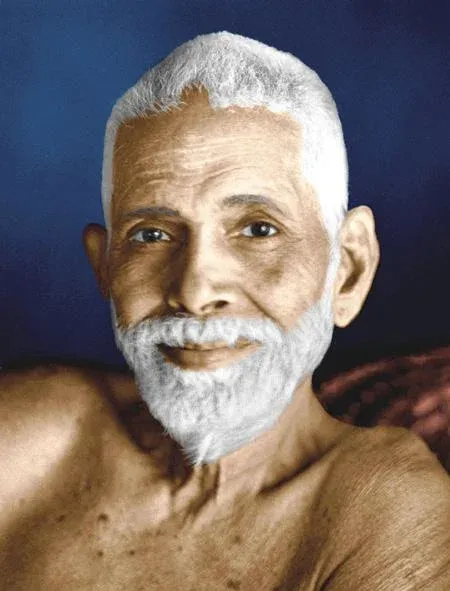
Ramana Maharshi
‘In samadhi, there is only the feeling ‘I am’ and no thoughts. The experience ‘I am’ is being still’
‘Maharshi’s Gospel Book 1 – VI Self-Realisation’
‘This ‘I’-thought is not pure. It is contaminated with the association of the body and senses. See to whom the trouble is. It is to the ‘I’-thought. Hold it. Then the other thoughts vanish.’
‘Be As You Are: The Teachings of Sri Ramana Maharshi’
by David Godman
‘When these thoughts are dispelled, you remain in the state of meditation (aware of awareness), free from thoughts. When the practice becomes firm, your real nature (awareness of awareness) shows itself as true meditation.’
‘THE SELF’ – by Sri Ramana
‘The limited and multifarious thoughts having disappeared, there shines in the Heart a kind of wordless illumination of ‘I – I’ which is pure consciousness (Being-ness).’
‘THE SELF’ – by Sri Ramana
‘What is meditation? It is the suspension of thoughts.’
‘Simple and Powerful Meditation’
‘There are no impediments to meditation. The very thought of such obstacles is the greatest impediment.’
‘Ramana Maharshi Biography’
– Ramana Maharshi (1879-1950)
*
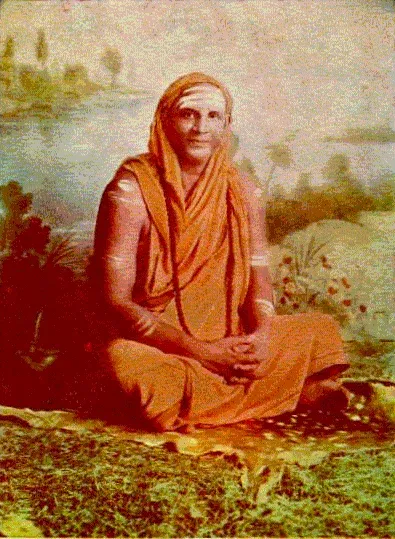
Swami Sivananda
‘Raja Yoga is the king of Yogas. It concerns directly with the mind. In this Yoga there is no struggling with Prana or physical body. There are no Hatha Yogic Kriyas. The Yogi sits at ease, watches his mind and silences the bubbling thoughts. He stills the mind, restrains the thought-waves and enters into the thoughtless state or Asamprajnata Samadhi, Hence the name Raja Yoga.’
from Introduction to ‘Raja Yoga’
‘ASAMPRAJNATA: Highest superconscious state where the mind is completely annihilated and Reality experienced.’
from Glossary to ‘Raja Yoga’
– Sivananda (1887-1963)
*
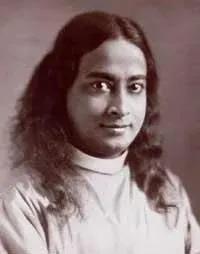
Paramahansa Yogananda
‘In meditation, try to go beyond thinking. As long as thoughts enter the mind, you are functioning on the conscious level.’
——————————————————————————–
A disciple was having difficulty with his meditations. He asked Sri Yogananda, “Am I not trying hard enough?”
‘You are trying too hard. You are using too much will power. It becomes nervous. Just be relaxed and natural.
As long as you try to meditate, you won’t be able to, just as you can’t sleep so long as you will yourself to sleep. Will power should be used gradually. Otherwise, it may become detrimental. That’s why it is better, in the beginning, to emphasize relaxation.’
——————————————————————————–
‘Don’t feel badly if you find yourself too restless to meditate deeply. Calmness will come in time, if you practice regularly. Just never accept the thought that meditation is not for you. Remember, calmness is your eternal, true nature.’
—————————————–
‘Where motion ceases, God begins.’
‘Go Deeper Into Meditation – from The Essence of Self-Realisation’
– Paramahansa Yoganananda (1893-1952)
Self-Realisation Fellowship
*
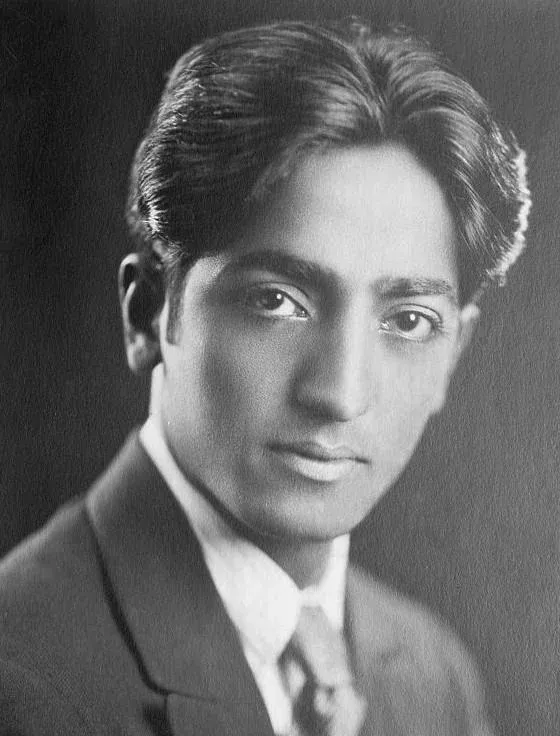
J Krishnamurti
‘Method involves time, does it not? If not now, then eventually, – tomorrow, in a couple of years, – I shall be tranquil. Which means, you do not see the necessity of being tranquil. And so, the “how” becomes a distraction; the method becomes a way of postponing the essentiality of tranquility. And that is why you have all these meditations, these phoney, false controls to get eventual tranquility of the mind, and the various methods of how to discipline in order to acquire that tranquility. Which means you do not see the necessity, the immediate necessity, of having a still mind. When you see the necessity of it, then there is no inquiry into the method at all. Then you see the importance of having a quiet mind, and you have a quiet mind.’
Talk in London, England – 7th April 1952
– Jiddu Krishnamurti (1895-1986)
*
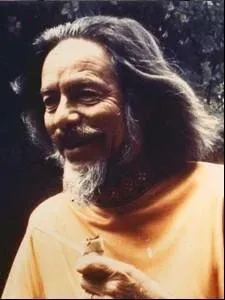
Alan Watts
‘The practice of meditation is not what is ordinarily meant by practice, in the sense of repetitious preparation for some future performance. It may seem odd and illogical to say that meditation, in the form of yoga, Dhyana, or Za-zen, as used by Hindus and Buddhists, is a practice without purpose – in some future time – because it is the art of being completely centered in the here and now.’
‘Meditation is therefore the art of suspending verbal and symbolic thinking for a time, somewhat as a courteous audience will stop talking when a concert is about to begin.
Simply sit down, close your eyes, and listen to all sounds that may be going on – without trying to name or identify them. Listen as you would listen to music. If you find that verbal thinking will not drop away, don’t attempt to stop it by force of will-power. Just keep your tongue relaxed, floating easily in the lower jaw, and listen to your thoughts as if they were birds chattering outside – mere noise in the skull – and they will eventually subside of themselves, as a turbulent and muddy pool will become calm and clear if left alone.’
‘The Practice of Meditation’ from ‘Way of Liberation’ pp91-95
– Alan Watts (1915-1973)
*
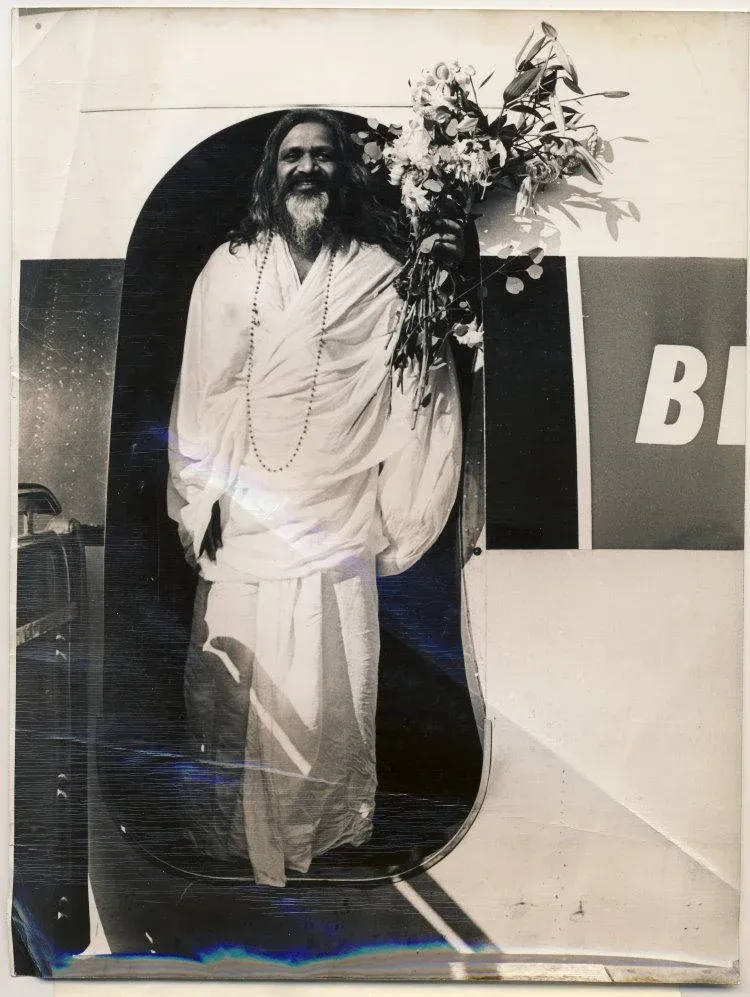
Maharishi Mahesh Yogi
‘Those who meditate, they retire from the outside, they take their awareness from the outside and gradually go deep into the thinking process and eventually go beyond the thought. Transcend thought and then the thinking mind, the conscious mind becomes consciousness. When it goes beyond thought then it transcends thought and becomes consciousness. This consciousness is pure consciousness. The nature of this pure consciousness is bliss. It is non-changing sphere of life because we have transcended all the variable section of relative life and gone to the Absolute. This is called Being, Inner Being, Absolute Bliss consciousness.’
‘Seven States of Consciousness’ – recorded lecture USA – 1967
– Maharishi Mahesh Yogi (1918-2008)
‘Transcendental Meditation’ – ‘TM’ meditation
*
‘As long as the thinking mind is experiencing a thought, so long the mind is a thinker and the thought becomes finer and finer, then the thinker becomes more and more alert in order to experience the finer thought, and then the thought becomes finer and finer, it becomes finest and when the thought drops off, the thinker remains all by himself and this is self-realization.
What I have to do to realize myself? I have only to stop realizing things from within and see that I don’t go to sleep.’
‘Seven States of Consciousness’ – recorded lecture USA – 1967
– Maharishi Mahesh Yogi (1918-2008)
‘Transcendental Meditation’ – ‘TM’ meditation
*
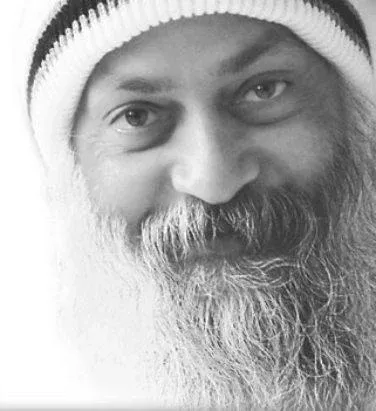
Acharya Rajneesh aka Bhagwan aka Osho
‘Really, there can be no method as far as meditation is concerned. Meditation is not a method. Through technique, through method, you cannot go beyond mind. When you leave all methods, all techniques, you transcend mind.’
Lecture at the invitation of Maharishi Mahesh Yogi, with questions & answers, Pahalgam, Kashmir 1969
– Acharya Rajneesh (1931-90)
‘Dynamic Meditation’
‘When you are not doing anything at all, bodily, mentally… on no level, then all activity has ceased, and you simply are, just to be…. That’s what meditation is.’
Meditation is a Very Simple Phenomenon (video)
– Osho (1931-90)
‘Dynamic Meditation’
*
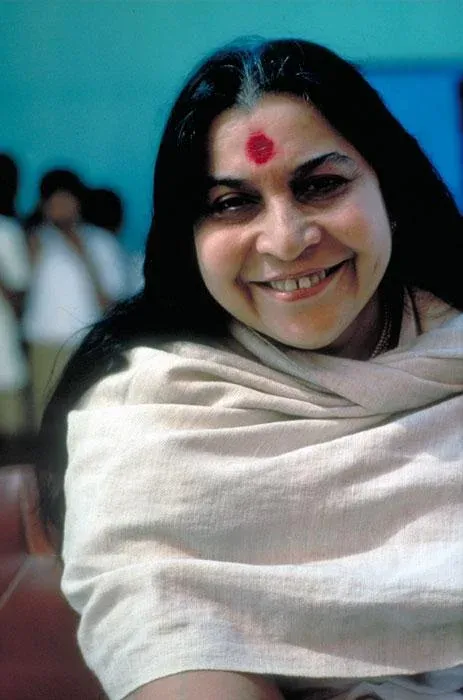
Mataji Nirmala Devi
‘In meditation you have to be absolutely effortless, expose yourself fully and you have to be absolutely thoughtless at that time.
If you are not thoughtless, at that time you have to just watch your thoughts, but do not get involved into them. You will find gradually, as when the sun rises, darkness goes away and the sun’s rays go into every part and make the whole place enlightened. In the same way, your being will be completely enlightened. But if you put in an effort at that time or try to stop something within you, it will not happen. Effortlessness is the only way into meditation, but you should not be lethargic about it. You should be alert and watch it.’
‘Effortless Meditation’ – London, 1st January 1980
– Shri Mataji Nirmala Devi (1923-2011)
‘Sahaja Yoga’
*
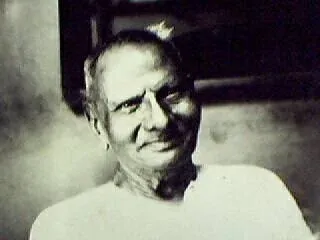
Nisargadatta Maharaj
‘To remain without thought in the waking state is the greatest worship.’
”I AM (EXISTENCE, CONSCIOUSNESS)”
‘As long as you are a beginner certain formalised meditations, or prayers may be good for you. But for a seeker for reality there is only one meditation – the rigorous refusal to harbour thoughts. To be free from thoughts is itself meditation….You begin by letting thoughts flow and watching them. The very observation slows down the mind till it stops altogether. Once the mind is quiet, keep it quiet. Don’t get bored with peace, be in it, go deeper into it….Watch your thoughts and watch yourself watching the thoughts. The state of freedom from all thoughts will happen suddenly and by the bliss of it you shall recognise it. ‘
‘I Am That’ (translation by Maurice Frydman), p.224f
‘When thus the mind becomes completely silent, it shines with a new light and vibrates with new knowledge. It all comes spontaneously, you need only hold on to the ‘I am’ ‘
‘I Am That’ (translation by Maurice Frydman), p.332
– Nisargadatta Maharaj (1897- 1981)
*

contemplatio – prayer not using thoughts or emotions.
“Contentless meditation” doesn’t use emotions or thoughts – not even spiritual thoughts. It’s often called simply meditation or thought-free meditation. It does not develop thoughts, images, or feelings, but rather rests attentively, receptively, in awareness, in the presence of God, with the intention of consenting to the presence and action of God in oneself. You do this without identifying with any thoughts or feelings that may spontaneously arise. You don’t reject, suppress or block the thoughts, by the way – you just let go of them, without the affirmation “this is I” or “this is my thought”. And you rest attentively and receptively in the space between each thought and the next. Those spaces may grow a little, though new thoughts will probably keep coming. One reason for avoiding the use of even spiritual thoughts during contemplative prayer is that at this time you intend to be present to God, not to an idea or image of God. Actually, it’s not so much a matter of avoidance but rather not-identifying-oneself-with the thoughts. Another reason is that the ordinary self, which is maintained by thoughts and emotions and by identification with them, is to be given a rest during these practices. And just think of all that “surrendering” training you get by not hanging on to each thought.’
easterspirit
– Christian Contemplative Practice
*

‘.. in meditation the method used is intended to lead to a prayer beyond all methods, that is contemplative prayer. Contemplation is often a misunderstood word. It is not a prayer that we can initiate or cause to happen. It is divinely produced and no amount of action on our part can produce or prolong it.’
‘We have entered into a wordless prayer, an awareness of the Divine Guest within, not through the use of the intellect but through a knowing loving, a deep communion with the Triune God. It is a prayer of quiet calmness in which we drink deeply at the life-giving fount.’
from ‘Meditation and Contemplation… What’s the Difference?’
– Carmelite Sisters
Most Sacred Heart of Los Angeles
*
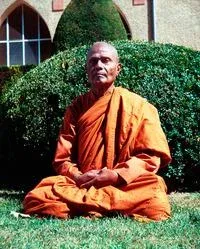
Bhante G
‘Once your mind is free from thought, it becomes clearly wakeful and at rest in an utterly simple awareness. This awareness cannot be described adequately.’
‘Mindfulness in Plain English’ chapter 16, p171
– Bhante Henepola Gunaratana b.1927
Theravada Buddhist monk – founder Bhavana Society
*
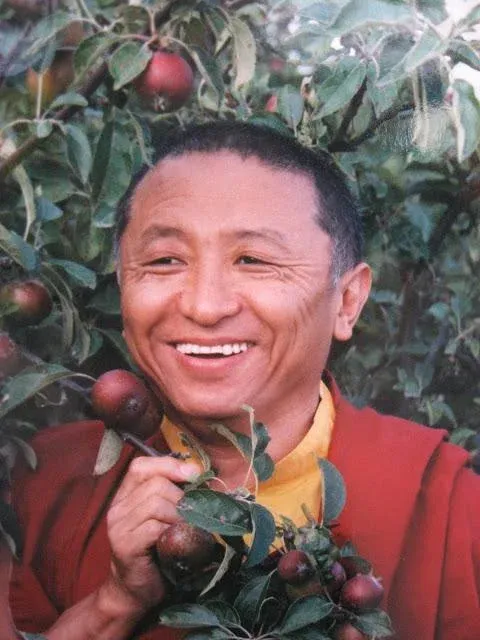
Chokyi Nyima Rinpoche
‘Meditation training, in the sense of sustaining the nature of mind, is a way of being free from clinging and the conceptual attitude of forming thoughts, and therefore free from the causes of samsara: karma and disturbing emotions. Please do not believe that liberation and samsara is somewhere over there: it is here, in oneself. Thought is samsara. Being free of thought is liberation. When we are free of thinking, we are free of thought.’
‘Thought-Free Wakefulness’
– Dzogchen Master Chokyi Nyima Rinpoche b.1951
Tibetan Buddhist lama



